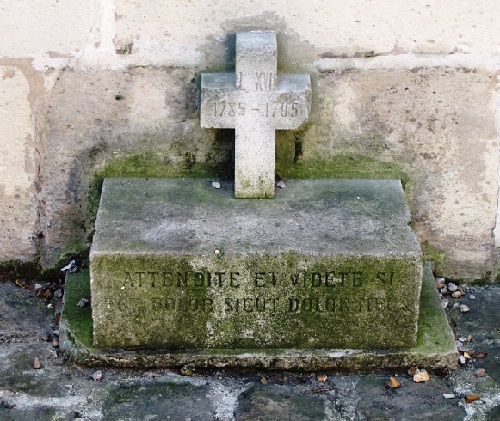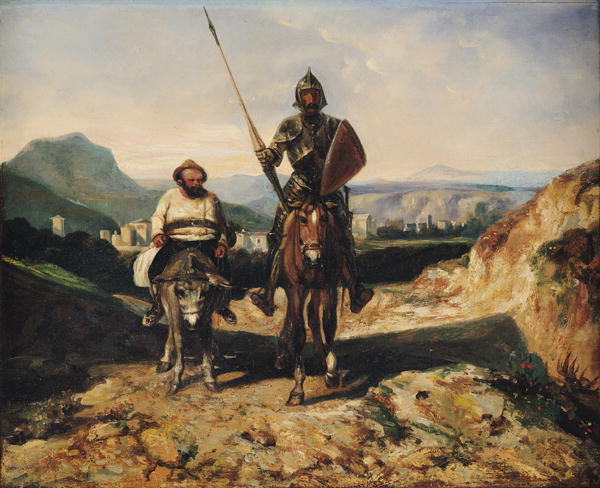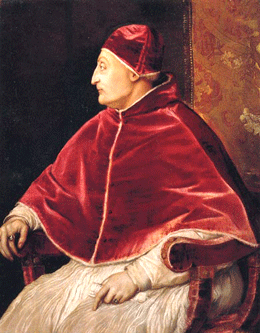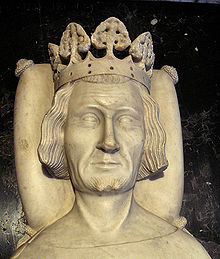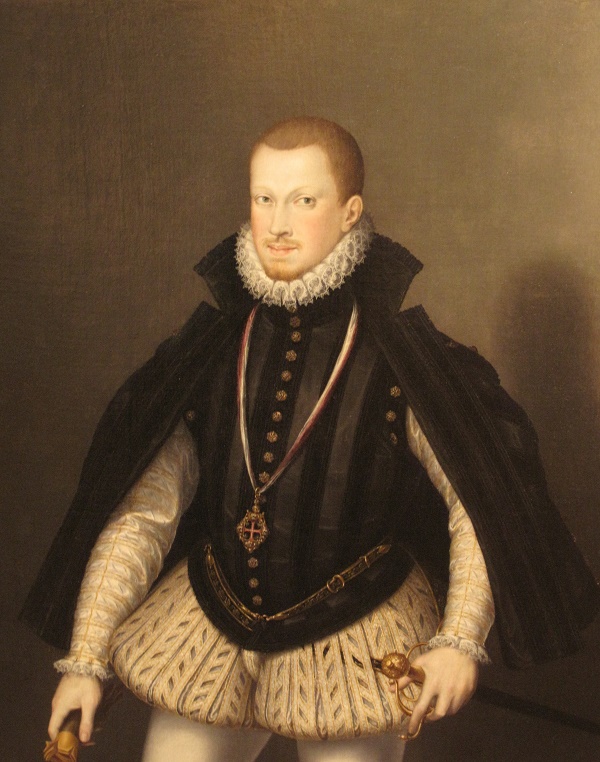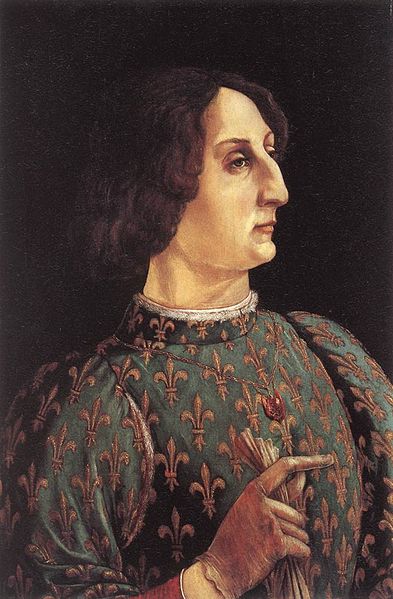
When on 25th December, 1476, Galeazzo Maria Sforza, Duke of Milan was murdered in the Church of Santo Stefano, few of his subjects or indeed his close family circle would have mourned his death. He had made many an enemy and those that did not directly hate him, loathed him with equal passion. His wife, Duchess Bona, who it is fair to say, had her reasons to despise her husband, summed up his ‘sins’ in a letter to Pope Sixtus IV in an attempt to have her husband granted posthumous absolution, as he had not had the chance to confess his sins prior to his assassination. The list of his sins she related were: acting like a tyrant, making war justly and unjustly, sacking cities without mercy, robbery, extortion of subjects, negligence of justice, injustice actively committed, illegal enforcement of taxes even from clerics, adultery, rape of virgins and of other people’s wives, whoring, scandalous simonies, as well as other transgressions too numerous to cite!! Apparently, together with other promises made by the Duchess, the pope complied!!
Galeazzo had first visited Florence in 1459, when he was fifteen. His father Franceso was Duke of Milan, and a strong ally of Cosimo de’ Medici. The young Galeazzo was overawed by the beauty of Florence and the adoration of the people of Florence for the Medici but his subsequent attempts to outshine his Medici allies in taste and fashion were at best a failure and indeed offensive to many.
On the day of his death, which it was said was a freezing one, he was urged not to go out, but as a lover of the singing of the ducal choir he was determined to go to Mass. He had returned to Milan from the Sforza Castle, despite warnings and ‘bad omens’ he allegedly had encountered in the preceding weeks, but nevertheless, his love of festivities and, the choir, drew him back to the city.
After bidding farewell to his two children, he and his entourage including his favourite ambassador, Zaccaria Saggi from Mantua, rode on horseback to the Church of San Stefano. He entered the church in the middle of his entourage, his bodyguards clearing a path through the crowd. Galeazzo stopped at the main naïve, then as he made his way to the main altar, three men suddenly appeared wearing the colours of bright red and white, the colours of Brutus, Caesar’s assassin. Shouting “Make room”, one moved towards Galeazzo and, letting a knife slip from his sleeve, he stabbed him first in the abdomen, then in the chest. The other two assassins joined in with a series of stabs. Mortally wounded it is said that he whispered, “I am dead”, before sinking to the floor. Two of the assassins were caught and killed but the third, Girolamo Olgiati, escaped.
Oligiati however, did not have long to live as he was soon captured. He was the 23 year old son of a good Milanese family, and was said to be “very literate and erudite”. He was a follower of Cola Montano, a humanist, and indeed had run away from home at age 13, to follow Montano. Montano had been charged with rape and publicly whipped on Galeazzo’s orders, but it is unclear as to whether it was he who masterminded the plot to assassinate Galeazzo. The ringleader of the trio of assassins, Giovanni Andrea Lampugnani, who had been killed in the church along with Carlo Visconti, had his body dragged through the streets.
The question remains as to what motivated the killers. It is thought that Girolamo was motivated by some sense of belief and that he was a fanatic, studying ad nausea The Conspiracy of Catiline by the Roman witer Sallust, said to be the all-time handbook of plotters. Lampugnani’s wife, it is said was a conquest of Galeazzo, while Visconti’s sister was allegedly raped by Galeazzo, after which she was passed on to another member of his close entourage. Lampugnani had also claimed that he had wanted Galeazzo to intervene in some petty dispute of possessions. There is no doubt that Lampugnani was an angry man but whether he was a homicidal maniac or had planned the murder out of a sense of justice, will never be known. The conspirators had sworn to slaughter Galeazzo in front of the statue of Ambrose, the patron saint of Milan, asking that he ‘be favourable to our enterprise, and showing favourable justice that injustice displeases you”. Lampugnani’s body had been dragged around the streets for day, his hand nailed to the top of a column, where it was burned, The heads of the two other conspirators were hanged on the Broletto Market Tower, while their body parts were left dangling on the city gates.
Fortunately for history, Girolamo Olgiati gave a detailed confession before he was executed, reportedly saying before his naked body was cut into pieces while he was still alive: “Pull yourself together, Girolamo! The memory of this deed will long endure. Death is bitter, but fame is perpetual.”
The repercussions of the death of Galeazzo Maria Sforza, Duke of Milan, were yet to be revealed and the running of Milan fell to Cicco Simonetta, his most trusted aide, but what was clear was that change was on its way, for better or worse, richer or poorer.
(Adapted in part from The Montefeltro Conspiracy by M. Simonetta)

